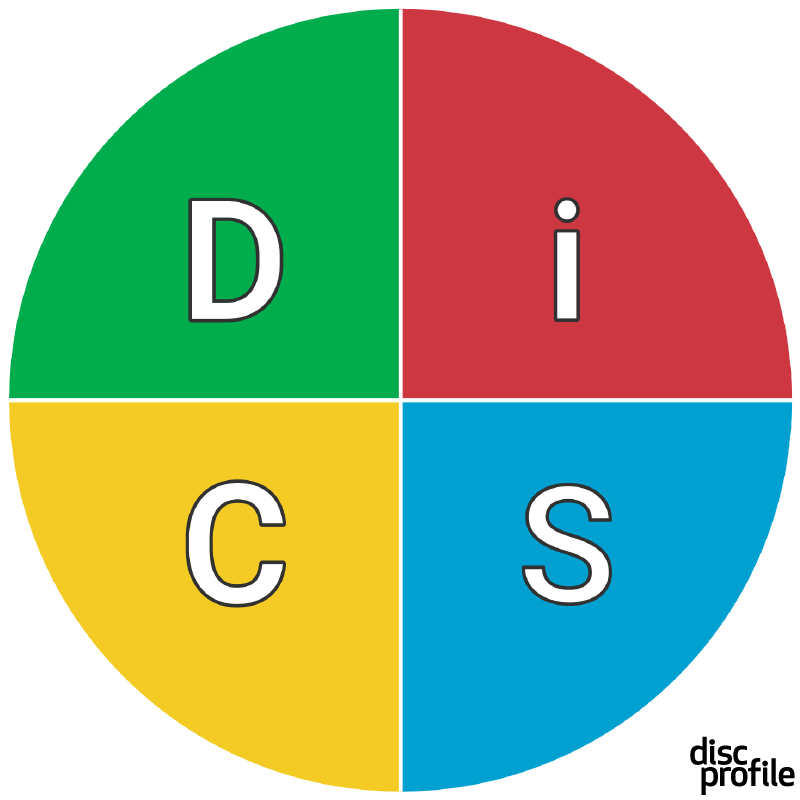
Chrome's Ad Blocker Went Live Today. Here's The Details.
Marketing SuganoShare
Back in June 2017, Google published that they were working on a built-in ad blocker for Chrome. In partnership with Google, the Coalition for Better Ads defined what "intrusive advertising" looks like to consumers and will be enforcing the new standards effective TODAY, February 15. Both desktop and mobile Chrome browsers will be affected however users will notice a much more drastic change in their experience while using their mobile devices.
 SOURCES:
www.wikipedia.com, www.google.com, www.androidpolice.com, www.betterads.org
SOURCES:
www.wikipedia.com, www.google.com, www.androidpolice.com, www.betterads.org
- Pop-up ads - initiated by user actions, such as a mouse click or a mouse-over , a window containing an offer for some product or service appears in the foreground of the visual interface
- Prestitial ads - appears on a mobile page before content has loaded, blocking the user from continuing on to the content
- Ad density over 30% - when an ad takes up more than 30% of the vertical height of the main page, the result is a disruptive ad experience
- Flashing animated ads - rapidly changing background and colors are highly aggravating for consumers, and serve to create a severe distraction
- Videos set to auto play - if there is audio in the video, users must have the option to play the video or not to
- Poststitial countdown ads - appears after the user follows a link and it then forces the user to wait a number of seconds before the ad can be dismissed
- Full screen scroll-over ads - forces the user to scroll through an ad that appears on top of content
- Large sticky ads - ads that attach to the sideline of a page and often times block content, regardless of a user's efforts to scroll
 SOURCES:
www.wikipedia.com, www.google.com, www.androidpolice.com, www.betterads.org
SOURCES:
www.wikipedia.com, www.google.com, www.androidpolice.com, www.betterads.org






